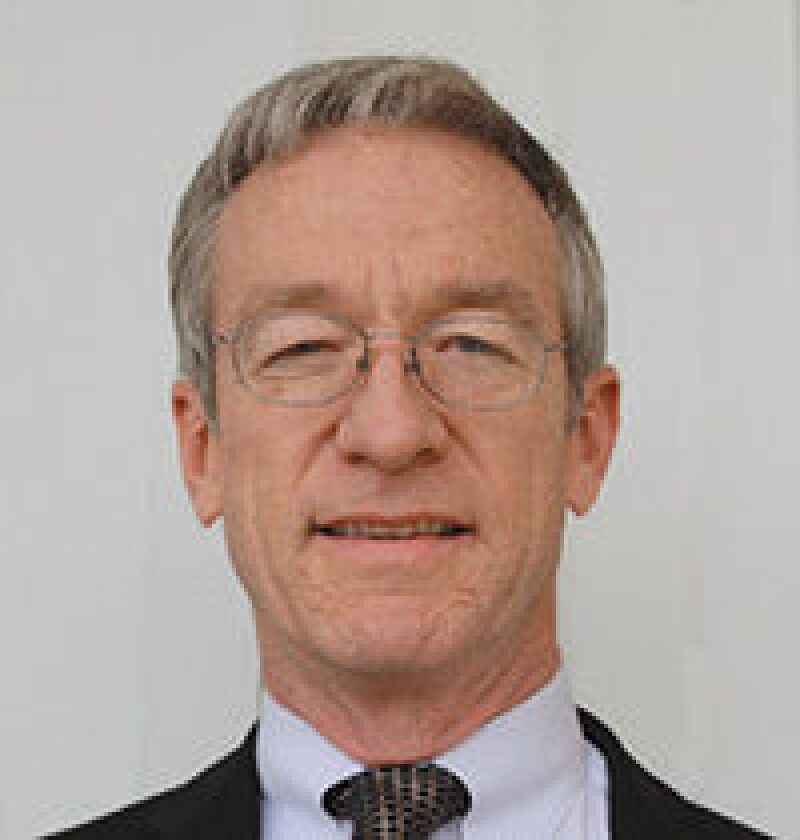Sustaining innovation and well performance during economic downcycles is a hot topic right now, familiar in many ways to those of us privileged enough to have been involved in upstream operations for 3 decades or more. However, the severity of this downturn has resulted in an unprecedented purging of existing paradigms. In parallel with a prolonged period of depressed commodity pricing, geopolitical upheaval, budget constraints, and loss of experienced personnel all contributed to challenges in delivering performance and technology through 2016 and into the new year.
In this context, it is particularly important to reveal and highlight new initiatives and success stories. As will be shown in this feature, across operator/service companies and geographical boundaries, breakthroughs in safer and more-innovative and -efficient well-construction strategies continue to occur. Highlighted papers include topics with particular relevance: recent deepwater casing and cement design, improved understanding of rig-control systems, well-control/blowout contingency planning, new remote-operations concepts for extreme Arctic landscapes, breakthrough steerable-liner drilling, and improved drilling fluids for long horizontal onshore wells. Beyond these headlines, the reader will find valuable content and further insight into specific solutions on the most urgent drilling challenges, including safety, environmental protection, operational efficiency, reliability, and well integrity.
Once again, there are a number of common threads revealed in the paths to success: dedicated leaders with clear vision beyond near-term economic and organizational hurdles; retention of competent, highly motivated technical teams; and the courage to push new ideas and persevere through early trial-and-error phases.
The wisdom of history continues to teach us that complex-well solutions can be discovered and captured best when the essential elements are present: adequate levels of time and talent, front-end loading, and continuity of key personnel. The featured papers reinforce these principles, and the common threads in the paths to success are evident for us to continue to recognize and apply.
This Month's Technical Papers
Deepwater Tieback-Cementing-Design Challenges and Engineering Approach
Remote Directional Drilling and Logging in the Arctic
How To Develop a Well-Specific Capping-Stack Blowout Contingency Plan
Recommended Additional Reading
IADC/SPE 178883 Improved Drilling Performance in Extended Horizontals Using Clean Brines in the Williston Basin by J. Davidson, QEP Energy, et al.
SPE 181415 Drill-Rig Control Systems: Debugging, Tuning, and Long-Term Needs by Paul Pastusek, ExxonMobil Development, et al.
IADC/SPE 178811 World Record Using Steerable-Drilling-Liner Technology To Secure a Previously Nondrillable Section in Unstable Shale by Vincent Bossis, Statoil, et al.

Michael H. Weatherl, SPE, is an engineering consultant and president of Well Integrity in Houston. He holds a BS degree in petroleum engineering from The University of Tulsa and has been a registered petroleum engineer in Texas since 1993. Before starting Well Integrity in August 2014, Weatherl worked as a drilling and completion team leader for Hess’ New Ventures Unit in Houston following assignments in Norway and Offshore Americas. Before Hess, he worked for 25 years for Chevron, including in a number of positions in production and drilling in Louisiana and Texas. Weatherl is a member of the JPT Editorial Committee and serves on the SPE Deepwater Drilling and Completion Conference Committee. He is a 30-year SPE member, has authored several papers, and served as a technical editor for SPE Drilling and Completion from 1991 to 2013. Weatherl can be reached at weatherlsr@yahoo.com.

